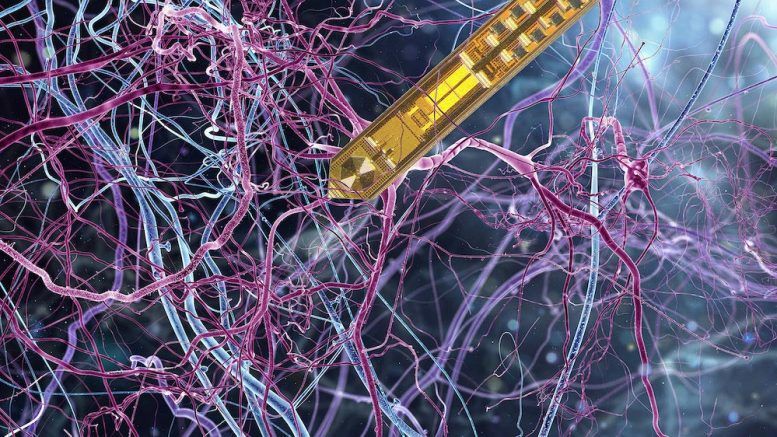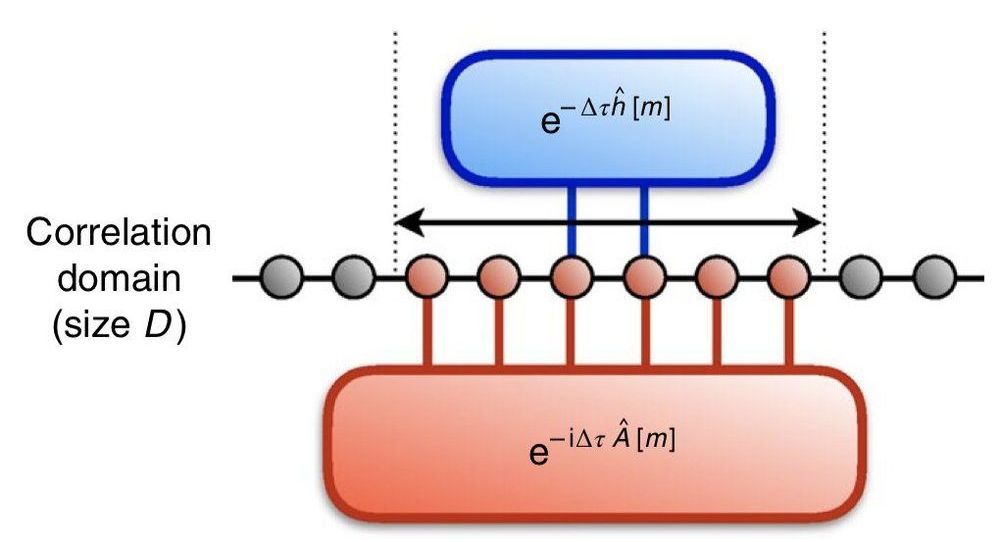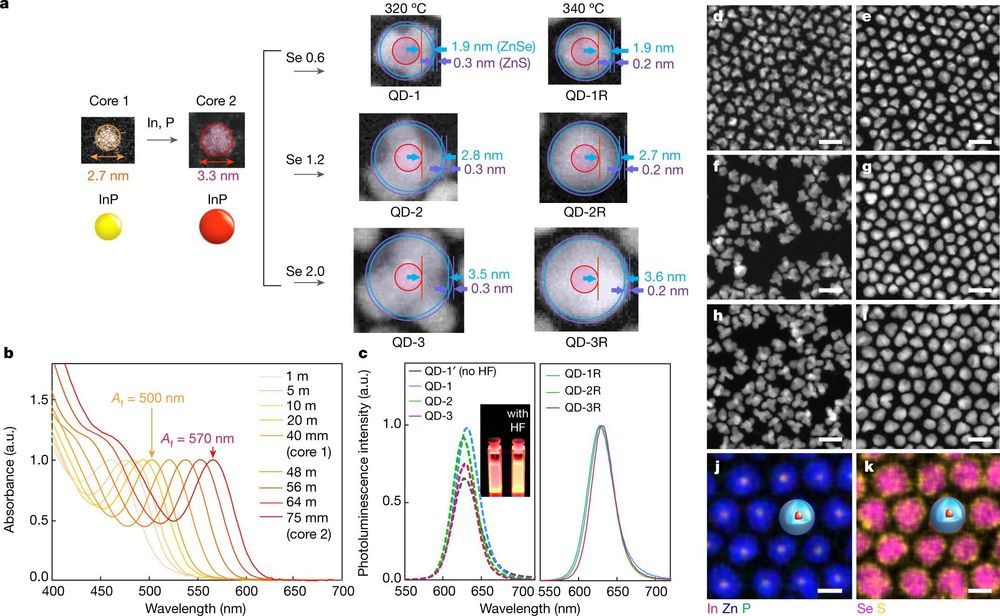What if you could cheat death and live forever? To people in the radical life extension movement, immortality is a real possibility. Leah Green spends a long weekend at RAADfest, a meeting of scientists, activists and ordinary people who want to extend the human lifespan. So is reversing your age a real possibility? And what’s behind this wish to live forever?
This is the first episode in our Death Land series, with a new episode every Thursday at 12pm. Subscribe here so you don’t miss the next installment ► http://is.gd/subscribeguardian
Support the Guardian ► https://support.theguardian.com/contribute
Today in Focus podcast ► https://www.theguardian.com/news/series/todayinfocus
Sign up for the Guardian documentaries newsletter ► https://www.theguardian.com/info/2016/sep/02/sign-up-for-the…ies-update
The Guardian ► https://www.theguardian.com
The Guardian YouTube network:







